|
|
|
| |
| |
|
Drug Glossary
|
![Drug Glossary]() |
|
|
|
|
|
 | June 2019
Substance Use Snapshot:
DRUG GLOSSARY-Names, Slangs and Descriptions
|
|
|
|
|
SCHOOL STAFF, PARENTS AND STUDENTS ... as we plan for next year we would love to hear your thoughts, opinions and suggestions regarding the Snapshots. You can access a very brief survey using the link
below. Please access the survey here
|
|
|
|
|
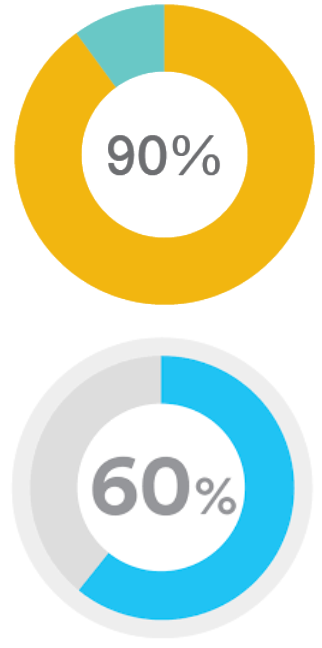 | In our final snapshot of this school year, we continue our focus on supporting students, families and educators with their understanding of the risk and protective factors that influence adolescents by increasing or decreasing their vulnerability to experimenting with substances.
Within teen culture, there are ever evolving trends in language that can remain a mystery to adults. This information may support your understanding of current terminology associated with substance use.
- 90% of all addictions begin in adolescence
- 60 % of illicit substance users are 15-24 years of age
Some examples of illicit substances are: Cocaine, Crack Cocaine, Rohypnol (roofies), Ecstasy, Heroin, Fentanyl, Ketamine Hydrochloride, LSD, Meth (Methamphetamine), PCP
(Angel Dust), and Psilocybin (Mushrooms).
Cannabis is often the first drug that a young person is offered.
|
|
|
|
|
Some common signs include changes in mood or attitudes, unusual angry outbursts, changes in sleep habits, hobbies, or interests. These can be difficult to assess as these are also common in pre-teens and teens.
What you should look for?
Signs of depression, anxiety, withdrawal, carelessness with grooming or hostility. Also check in around friendships and how often they are engaging in sports or other extra-curricular activities.
Watch List for Parents:
- Changes in friends
- Negative changes in schoolwork, missing school, or declining grades
- Increased secrecy about possessions or activities | - Use of incense, room deodorant, or perfume to hide smoke or chemical odours
- Changes in conversation with friends, e.g: more secretive
- Changes in clothing choices
- Increase in borrowing money
- Evidence of drug paraphernalia such as pipes, rolling papers, etc.
- Evidence of use of inhalant products such as hairspray, nail polish, and paper bags are sometimes used as accessories
- Bottles of eye drops to mask bloodshot eyes or dilated pupils
- New use of mouthwash or mints to cover up the smell of alcohol
- Missing prescription drugs from your medicine cabinet
|
|
|
|
|
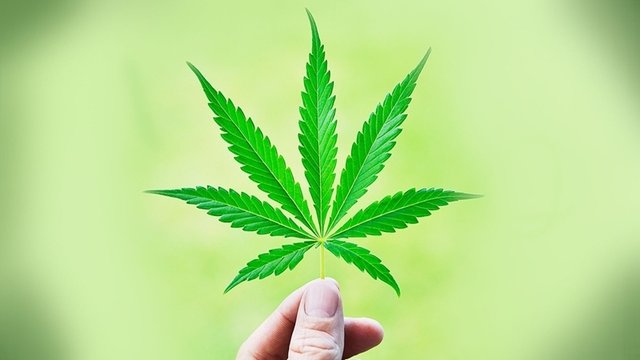
| MARIJUANA AND CANNABIS STREET NAMES 420, Acapulco gold, BC bud, Buddha, Cheeba, Chronic Dope, Ganja, Green goddess, Herb, Homegrown Hydro, Indo, KGB (killer green bud), Kindbud, Locoweed, Mary Jane, Shake, Sinsemilla, Skunk, Wacky tabacky, weed, pot
|
|
|
The marijuana plant has many uses apart from drug use including hemp (rope, fabric and paper). The leaves, resin and flowers are the only parts of the plant that contain enough THC to get high off of.
WHAT IT LOOKS LIKE
A green or brown mixture of dried flowers, fruiting tops and leaves of the marijuana plant.
HOW IT WORKS
The active ingredient in marijuana is THC (delta-9-tetrahyrdrocannabinol). THC targets specific receptors in our brains in three key areas which affect memory and learning, balance and coordination, and movement control. The initial effect of THC wears off after an hour or two, but the chemical remains in the brain for days. Marijuana also increases dopamine levels (the 'feel-good' chemical that's released in our brain when we feel pleasure).
HOW IS IT USED
Typically marijuana is smoked as a cigarette (joint or nail), in a pipe, a bong or in a cigar (blunt). Marijuana has a very distinctive smell when being smoked, described by some as 'burning wet leaves'.
SIGNS OF ABUSE
Slowed thinking and reaction time, impaired coordination, paranoia
|
|
|
|
|
TRUE OR FALSE?
Smoking marijuana is healthier than cigarettes.
Marijuana smoke contains over 400 chemicals; many of these are the same harmful chemicals found in tobacco smoke. Long-time users experience the same risks for emphysema, lung cancer and chronic bronchitis so the answer is FALSE.
|
TRUE OR FALSE?
Marijuana is not addictive.
FALSE. Some users suffer withdrawal effects of marijuana and compulsively seek it out. Some estimates put that number at about 10% - roughly the same as for alcohol so the answer is FALSE.
|
TRUE OR FALSE?
People under the influence of marijuana drive slower.
Drivers under the influence of marijuana usually drive slower. However, their reaction time is longer, their reflexes slower, they drive more tentatively and they may not be able to handle unexpected situations so the answer is TRUE.
|
|
|
|
|
|
ALCOHOL COMMON NAMES
Liquor, spirits, beer, wine, booze
Alcohol is a depressant, it slows the nervous system. Alcohol is absorbed into the bloodstream through the stomach and small intestine and spreads quickly throughout the body.
The amount of pure alcohol in your bloodstream is your blood alcohol content (BAC). To simplify things, say you had 10,000 drops of blood, each in its own compartment. If you replaced one drop of blood with alcohol, the blood to alcohol ratio (BAC) would be .01. Two drops would be .02. The legal level of impairment in Canada is .08%.
The time between when we first drink and begin to feel the effects of alcohol varies depending on how fast we drink and our size. Within 20 minutes, the BAC can rise significantly. |
CHAIN REACTION
Drinking alcohol sets off a chain reaction in our brains. Each stage of impairment signals that a new area of the brain is being affected. As we continue to drink, new areas of our brains are affected, already-felt reactions grow worse – or further impaired.
Alcohol follows a set path to other areas of the brain resulting in a predictable pattern of early and total intoxication.
The last area of the brain affected by alcohol is our brain stem, which controls involuntary reflexes like telling your lungs to breathe, your heart to pump. At toxic levels, (BAC of .35% - .50%) alcohol slows or stops the functions in the brain stem often resulting in death without early intervention.
Signs of abuse include slurred speech, lack of coordination, nausea, vomiting, hangovers.
|
| |
|
|
|
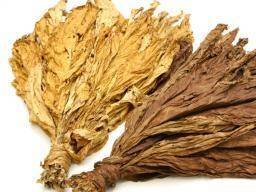
| NICOTINE COMMON NAMES
Cigarettes, Electronic Cigarettes, cancer sticks, chew, snuff, dip, fags, smokes, E-cigs, E-hookahs, vapes, mods
WHAT IT LOOKS LIKE
Brown, cut up leaves. A propylene glycol based internal fluid that is combined with other ingredients and flavours and vapourized by battery-operated devices.
SIGNS OF ABUSE
Addictive behaviours, smell on clothes and hair, yellowing of teeth and fingers that hold cigarettes, throat irritation, cough.
|
|
|
|
|

Strong family relationships reduce risky behavior. It is important to stay connected while striking the delicate balance of allowing your teen to develop independence.
Share some quality in-person time — without the distraction of electronic devices — whenever you can: during meals, during a snack, while you’re in the car, or simply hanging around.
Ask specific questions about their day. “Who’d you have lunch with today?” “Do you have play rehearsal tonight?”
When friends are over, pop in to meet them or say hello, and check in periodically.
| 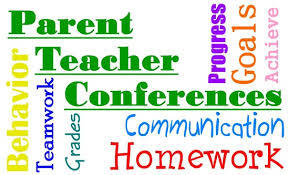
Ask teachers, coaches and other relevant adults in your child’s life how they are doing in school or with other activities.
Talk to their friends’ parents. If you don’t know them yet, introduce yourself the next time there’s an opportunity. Or call them to say hello. Whatever works for you.
Be part of their scene. Volunteer with their school or get involved with the activities they might enjoy outside of school.
Familiarize yourself with the social networks and apps they use. Be clear about what is off limits when it comes to using technology, and have awareness of their on-line activity.
|
|
|
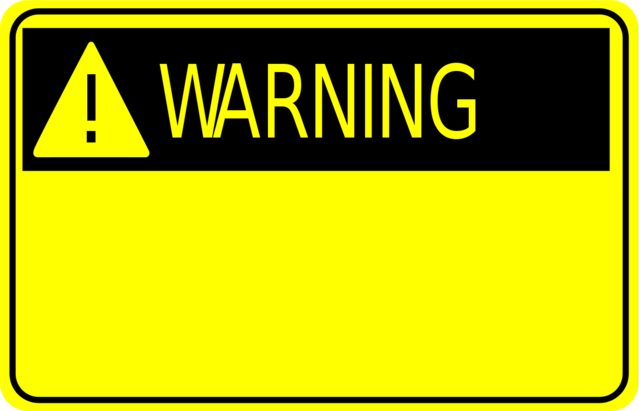
| CATCH EARLY WARNING SIGNS If your teen simply refuses to talk about his or her life or you suspect something’s wrong, don’t wait to take action.
Pay more attention at home. Before bed, check in with them to look for signs of drug or alcohol use.
Keep an eye on sleepovers (that’s when many teens first experiment with drugs and alcohol).
|
|
|
When they are out, have them call to check in with you or call to check in with them.
Discuss parties. Find out where it is and whether there will be adults there. Have them call to check-in periodically.
Keep them busy with after school activities. Sign him up for an activity — a youth group, music program, sports team, whatever — that’s led by adults.
(Partnership for Drug free Kids)
|
|
|
|
|
|
|
|
|
The Greater Victoria School District is committed to providing safe and healthy learning environments for all students. As part of our approach, we have been focusing on mental health and substance use topics to help us promote well-being in our schools.
Substance use is a complex topic that often highlights varied philosophies, myths, and a great deal of fear.
|
The research shows us that early interventions, particularly around critical thinking and decision making, has an impact on delaying use in youth. As well, open dialogue with adults, intentionality around attachment, and a focus on the factors that contribute to substance use, as opposed to the actual substances, also prevent, delay and reduce substance use in our students.
|
Our goal is to create a more cohesive, systematized substance use plan focusing on social emotional learning, that includes our youth and schools, community partners, and families. We strive for a shared vision, common language and consistent messaging over time, in order to support positive youth culture and a healthy perspective on substance use and mental health.
|
|
|
|
The legal age in B.C for consumption of alcohol and cannabis is 19 years old.
|
| |
|
|
|
| |
|
|
|
|
|
|
|
|
| |
|